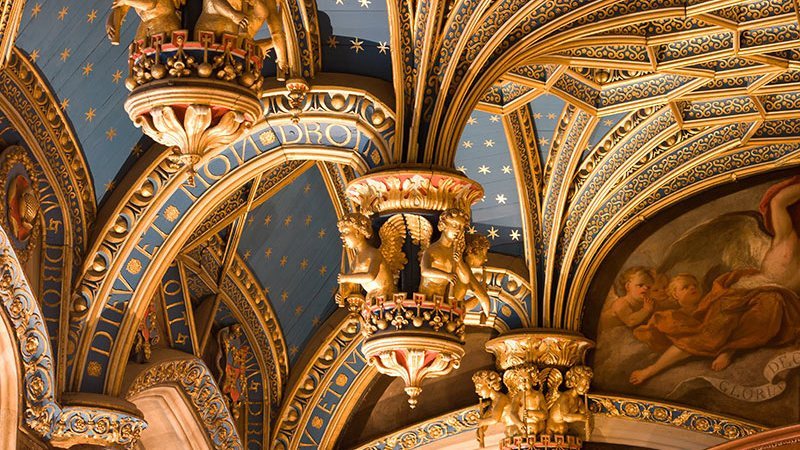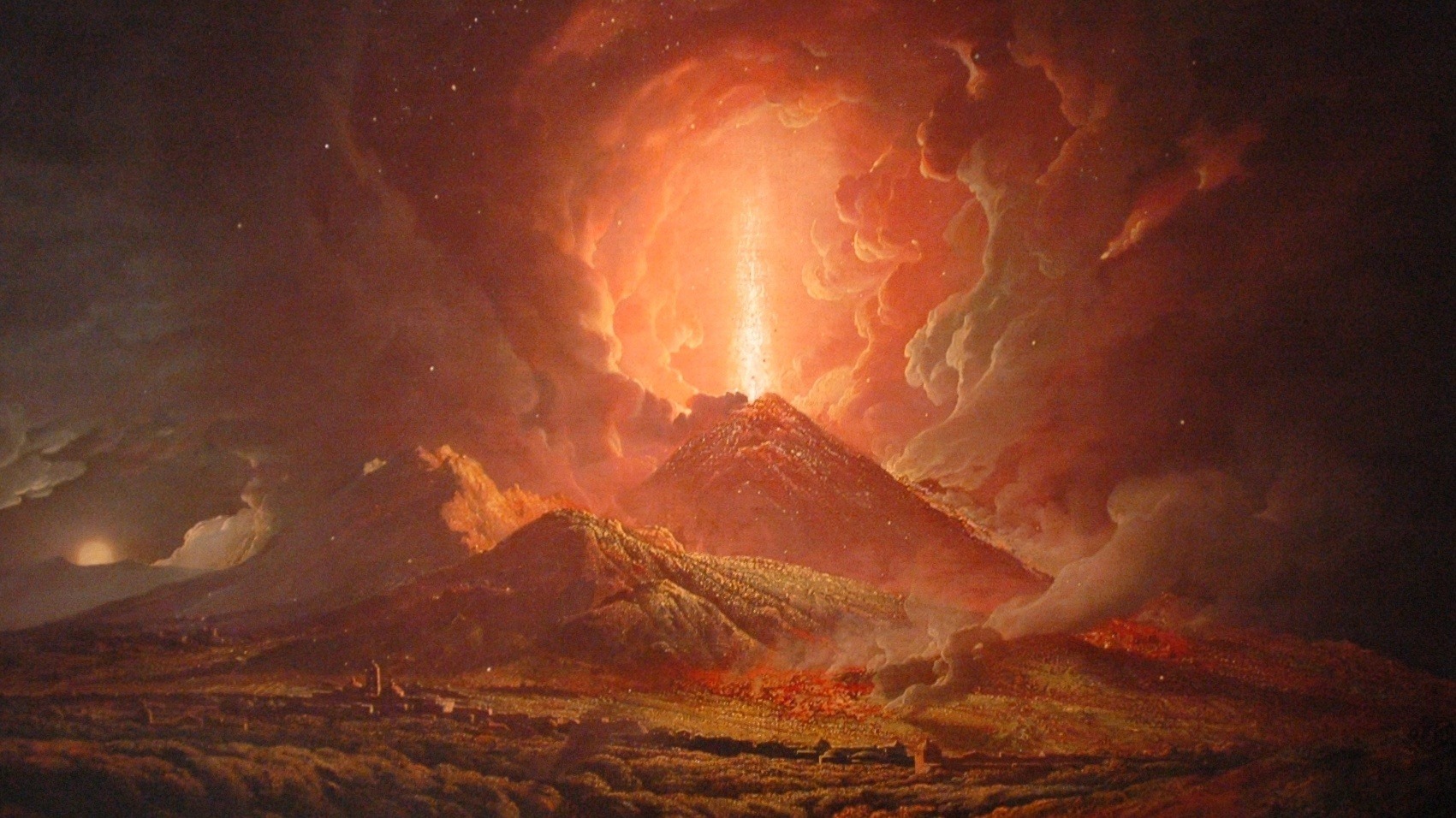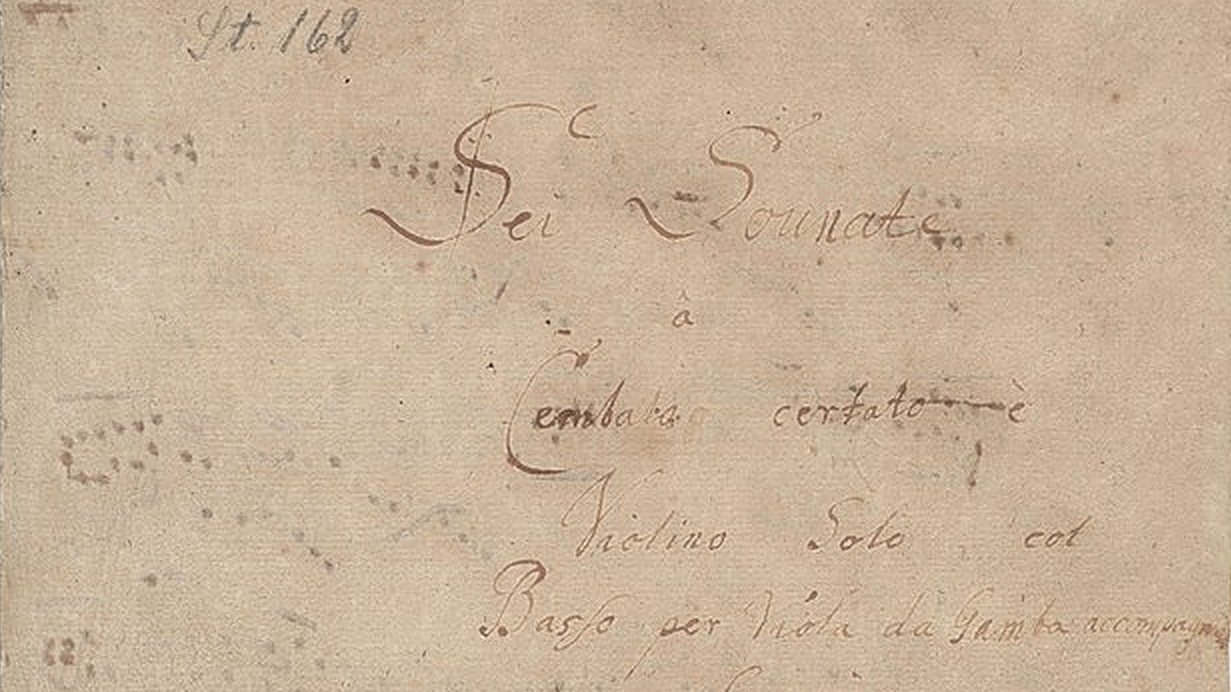Handel’s “Eternal Source Of Light Divine”: Marie-Sophie Pollak and Concerto München
Eternal Source of Light Divine forms the majestic opening statement of Handel’s secular cantata, Ode for the Birthday of Queen Anne, HWV 74. The aria is a kind of ceremonial call to order. The angelic vocal line is echoed by the trumpet, which seems to emerge from timeless, celestial expanses. Occasionally, the two voices weave together in near canonic counterpoint. Handel composed this music in January of 1713. It was intended to celebrate …







